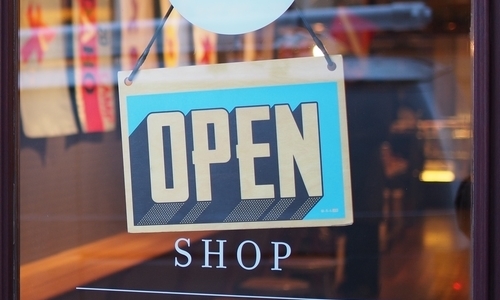Small businesses generate 99% of the U.S. Gross Domestic Product (GDP), but dig deeper into those numbers and a more surprising picture emerges: Rural areas (10,000 or less population) count for 42% of small businesses, compared with 35% in “micropolitan” areas (10,000-49,999), and 28% in metropolitan areas (50,000 or more), according to Oxxford Information Technologies, which tracks U.S. businesses.
But a sizable number of those businesses may not survive the pandemic, particularly in rural and smaller metropolitan areas, which drive a larger share of U.S. small business activity.
In July 2020, while 86% of small businesses surveyed by the U.S. Chamber of Commerce and MetLife had either fully or partially reopened, two-thirds 65% worried about having to close again—or stay closed—if a second wave of COVID-19 hits this fall.
As pandemic levels begin to rise this fall, that is the developing story for business reporters to uncover, by looking into one or more of these angles:
What drives small business in your area?
What small business sectors dominate your area? Which are vulnerable, and why? Put on your mask and head out the door to find out.
For the most part, those that rely on customer traffic—accommodations and food services, arts, entertainment and recreation, and transportation and warehousing—have been hardest hit and suffer greater financial risk, according to management consultant McKinsey & Company. What is the picture in your area? Have your new organization’s design team produce a graphic to bring the numbers home for readers.
How are small businesses driving sales?
After the 2008 recession, it took smaller businesses an average of six years to bounce back to their pre-crisis GDP levels, compared with four years for larger companies, according to management consultant McKinsey & Company. Others worry that it may take smaller companies a decade to recover.
Small businesses must find new and creative ways to increase sales, by increasing online traffic, offering curbside delivery, and streamlining operations, among other strategies. What are your local businesses doing? Have local boosters helped by raising money?
How are small businesses staying afloat?Short answer there: by the skin of their teeth. Nearly half of small business owners (47%) tapped personal savings to stay afloat, according to the Federal Reserve Bank’s 2020 Small Business Credit Survey. With 0% balance transfers drying up, over the five months prior to Creditcards.com’s July 2020 Small Business Poll found that 70% of small business owners borrowed money. Find out what your small business owners have learned about staying alive during the pandemic. Have some thrived? How?











